Benefits of Using dApps: Why Decentralized Apps Are Changing the Digital Game
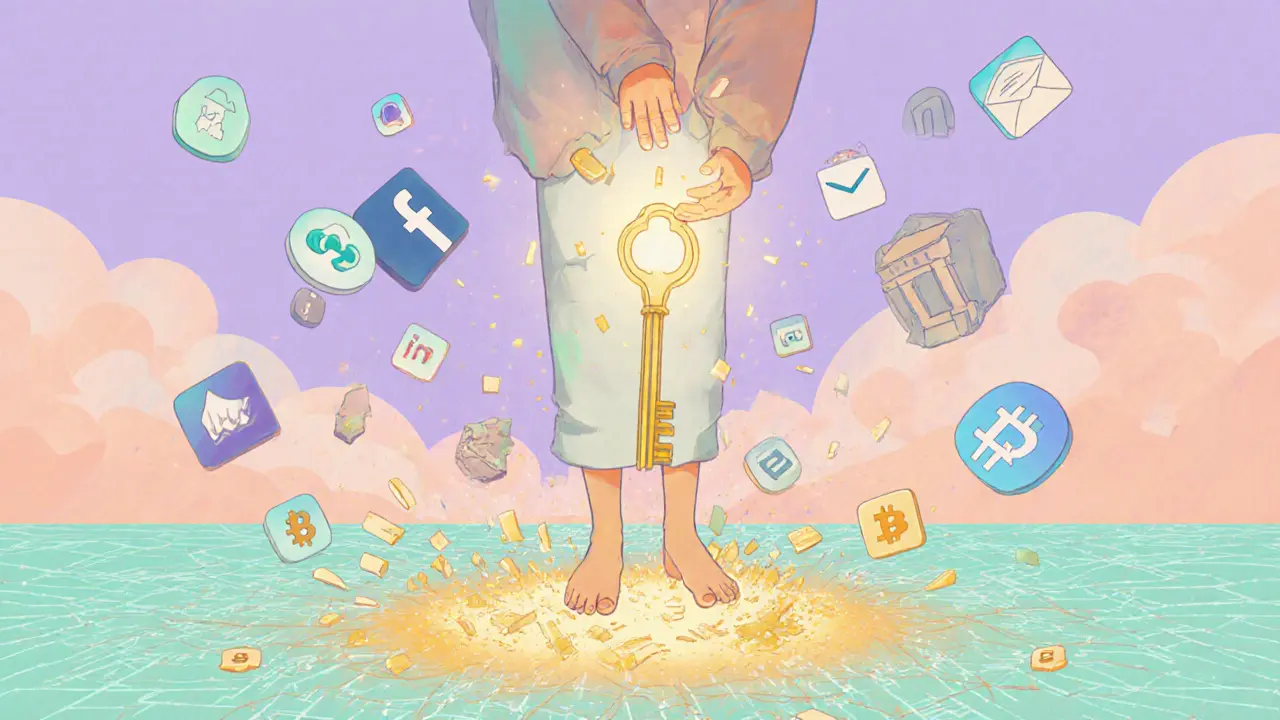
dApp Transaction Cost Calculator
See how much you could save by using dApps instead of traditional financial services. Based on real transaction data from the article.
Based on: PayPal $5 fee, Uniswap < $1 fee
Most apps you use every day-your bank app, social media, even your email-are controlled by a single company. That means they can shut you down, sell your data, or go offline without warning. But what if you could use an app that can’t be censored, can’t be hacked at its core, and gives you full ownership of your data? That’s what dApps (decentralized applications) offer-and they’re not just a tech experiment anymore.
Full Control Over Your Data
With traditional apps, you’re essentially renting access to someone else’s system. Your photos, messages, purchase history, and even your identity are stored on their servers. Companies like Facebook, Google, or your bank own that data. They decide who sees it, when, and how it’s used. dApps flip that model. They run on blockchains like Ethereum, Polygon, or Solana. Your data isn’t stored on a company’s server-it’s encrypted and spread across thousands of computers worldwide. You hold the keys. No middleman can access your info unless you give them permission. That means no more surprise data breaches, no selling your habits to advertisers, and no sudden account suspensions because you said something they didn’t like.No More Downtime
Remember when Twitter went down for hours? Or when your bank’s app crashed during a payday? That’s because centralized apps rely on one or two servers. Break one, and everything stops. dApps don’t have that problem. They run on a network of nodes-computers owned by people all over the world. If one node goes offline, others keep running. The app doesn’t crash. It just keeps working. That’s why DeFi platforms like Uniswap or Aave have stayed online during major market crashes, while traditional financial systems froze or slowed down.Transparent and Trustless
You don’t need to trust a company to use a dApp. You just need to trust the code. Every transaction, every rule, every change is recorded on a public blockchain. Anyone can look at it. Developers can’t secretly change how the app works after launch. If a dApp promises to send you 1 ETH when you deposit 100 USDC, the smart contract makes that happen automatically-no human can override it. That’s called “trustless.” You don’t need to believe a CEO’s promise. You can verify it yourself. This transparency builds real trust, not just marketing.Global Access, No Borders
Want to open a bank account if you live in a country with unstable banking? Good luck. Need to send money to family overseas? Traditional services charge 5-10% in fees and take days. dApps don’t care where you live. As long as you have internet, you can use them. Someone in Nigeria can lend crypto to someone in Argentina without a bank. A farmer in Kenya can get microloans through a dApp without paperwork or credit scores. This isn’t theoretical-it’s happening right now. In 2024, over 40% of new crypto users came from emerging markets, mostly using dApps for the first time.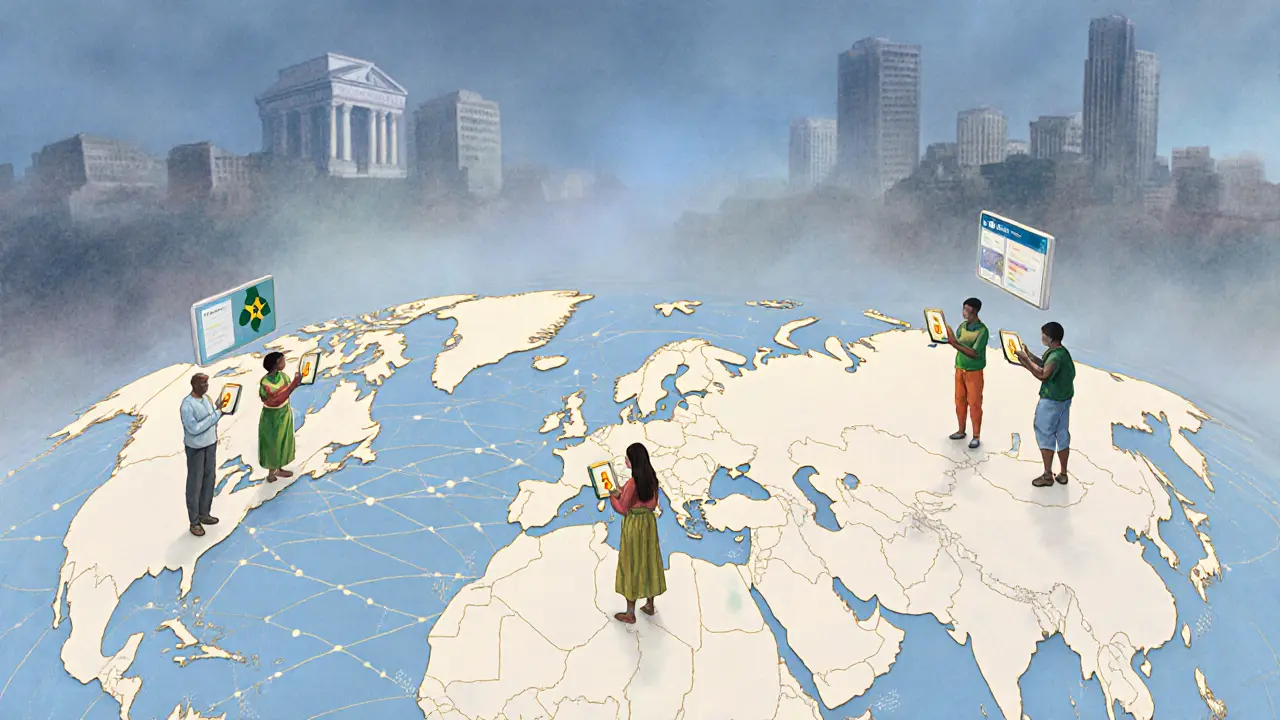
Lower Costs, Fewer Middlemen
Traditional apps are expensive to run. Companies pay for servers, security teams, customer service centers, and compliance lawyers. Those costs get passed to you-in fees, subscriptions, or hidden charges. dApps cut out the middlemen. No bank to clear payments. No payment processor to take a cut. No corporate office to maintain. Smart contracts automate everything. That means lower fees. On Uniswap, swapping tokens costs less than $1. On PayPal, sending $100 internationally can cost $5 or more. And it’s not just about money. Time matters too. Traditional financial settlements can take 3-5 days. On a blockchain, it’s often under a minute.Developers Build Faster and Earn Directly
For developers, dApps are a game-changer. No need to beg for app store approval. No need to share 30% of your revenue with Apple or Google. You deploy your code directly to the blockchain, and users interact with it immediately. You can also build your own economy. Instead of just charging for access, you can issue tokens. Users who hold those tokens help govern the app, earn rewards, or get discounts. This turns users into stakeholders. It’s not just a product-it’s a community. Projects like Aragon and Gitcoin have used token-based incentives to fund development without venture capital. Developers earn based on contribution, not corporate hierarchy.Censorship Resistance
In many countries, governments block apps they don’t like. In China, WhatsApp and Google are banned. In Russia, Twitter was shut down. In Iran, people lost access to banking apps during sanctions. dApps can’t be shut down that way. There’s no central server to take offline. Even if one country blocks access, users elsewhere can still run the app. The code lives on the blockchain-immortal, unstoppable. This isn’t just about politics. It’s about freedom. Artists, journalists, and activists in repressive regimes are already using dApps to share content, raise funds, and organize without fear of being erased.
Security That’s Built In
Hackers love centralized systems. One breach, and millions of records are stolen. Equifax, Target, and LinkedIn all fell victim to single-point attacks. dApps are different. Data is encrypted and distributed. To hack a dApp, you’d need to compromise thousands of nodes at once-practically impossible. And once a transaction is confirmed on the blockchain, it’s permanent. No one can reverse it, delete it, or alter it. Of course, users still need to protect their private keys. If you lose them, you lose access. But that’s your responsibility-not the app’s. And tools like hardware wallets and recovery phrases make this manageable for anyone.Real Examples, Not Theory
You don’t have to imagine this. dApps are already changing lives:- DeFi platforms like Aave and Compound let you earn interest on crypto without a bank.
- Uniswap lets you trade tokens directly-no account, no ID, no approval.
- Mirror lets writers publish and monetize articles as NFTs, keeping full rights.
- Filecoin turns unused hard drive space into a global cloud storage network.
- Gitcoin pays developers in crypto to fix open-source software-no employer needed.
It’s Not Perfect Yet
Let’s be honest: dApps aren’t flawless. They can be slow. Some interfaces are clunky. Gas fees spike during high traffic. Regulatory gray zones still exist. You won’t find a 24/7 customer service line if something goes wrong. But that’s where we are today-not where we’ll be. The first smartphones were bulky and expensive too. The first websites were ugly and slow. The technology is still young. The core benefits-control, transparency, resilience-are already here. Everything else is being fixed.What’s Next?
More people are using dApps every day. In 2025, over 100 million unique wallets interacted with dApps monthly. That’s up from just 5 million in 2020. Big companies like Visa, Mastercard, and Deutsche Bank are testing blockchain-based payment systems. Governments are exploring digital IDs on public ledgers. The shift isn’t about replacing the internet. It’s about fixing its broken trust model. dApps give power back to users. They’re not just apps-they’re new rules for how digital life should work. If you’ve ever felt powerless online-trapped by a platform’s rules, scared of a data leak, frustrated by fees or delays-dApps offer a different path. One where you’re not a product. You’re the owner.Are dApps safe to use?
dApps are secure by design because they run on blockchains with encrypted, distributed data. But safety depends on you. If you lose your private key or connect to a fake dApp, you can lose funds. Always use trusted wallets like MetaMask or Phantom, double-check contract addresses, and never share your recovery phrase. The blockchain won’t steal from you-but you can still be tricked.
Do I need cryptocurrency to use dApps?
Yes, most dApps require crypto to pay for transactions (called gas fees). You’ll need a wallet with ETH, SOL, MATIC, or another supported token. But you don’t need to understand crypto deeply. Wallets now let you buy crypto with a credit card, and many dApps have simple interfaces that hide the complexity. Think of it like paying with Apple Pay-you don’t need to know how the backend works to use it.
Can I use dApps on my phone?
Absolutely. Wallet apps like MetaMask, Trust Wallet, and Phantom work on iOS and Android. Many dApps have mobile-friendly websites or dedicated apps. You can swap tokens, lend crypto, or even play games-all from your phone. The user experience is improving fast, and mobile usage now makes up over 60% of dApp interactions.
Are dApps better than regular apps?
It depends on what you need. If you want a simple game or social media feed, a regular app is easier. But if you care about ownership, privacy, or avoiding censorship, dApps win. They’re not replacing all apps-they’re offering a new kind of app for situations where trust matters more than convenience.
Why aren’t more people using dApps?
Two main reasons: complexity and speed. Many dApps still feel technical. Gas fees can be high during busy times. But tools are getting better-wallets now auto-suggest gas fees, and layer-2 networks like Arbitrum and zkSync cut costs by 90%. As these improve, adoption will grow. Right now, early adopters are building the foundation for the next billion users.

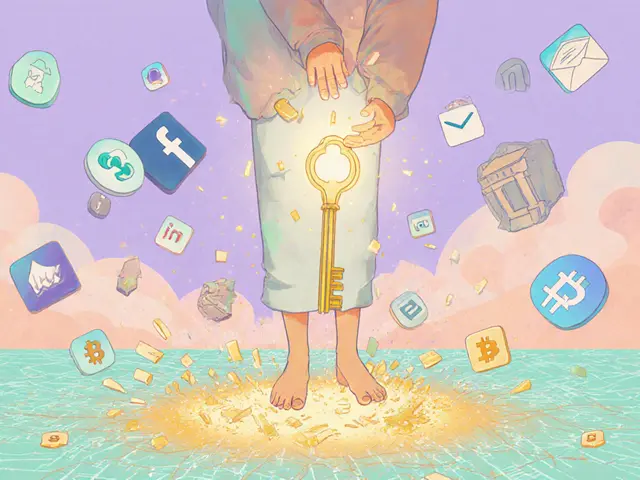
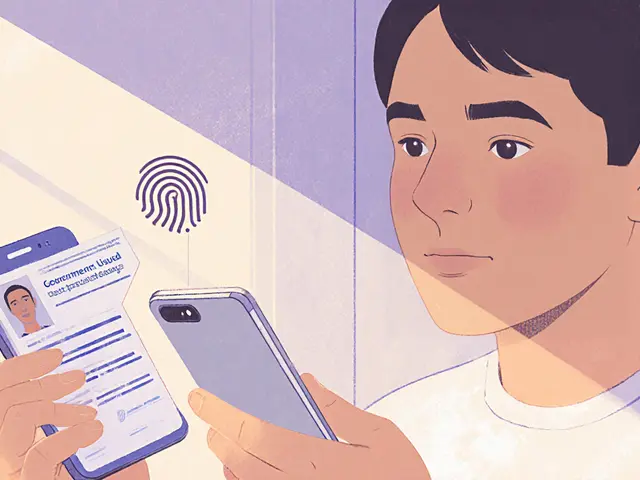

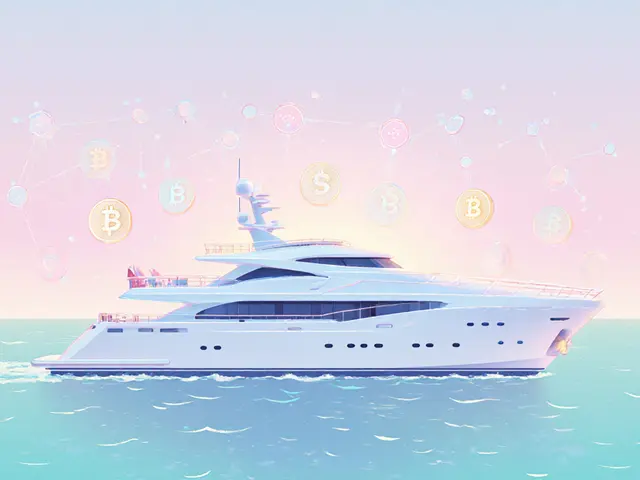
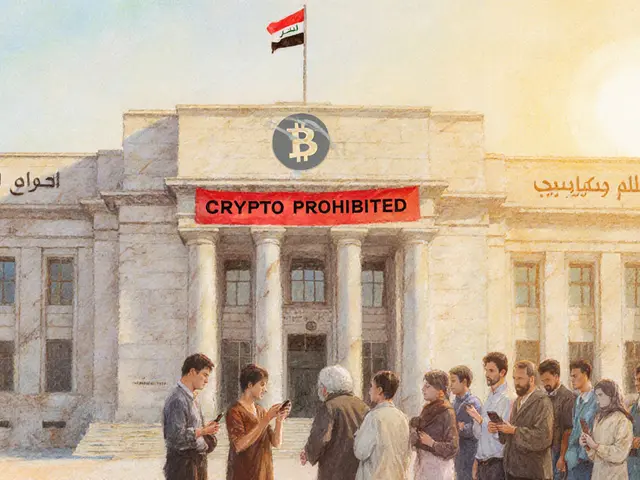

Okay but like… have you tried using a dApp on a slow phone? 😅 I had MetaMask crash mid-swap and lost $2 in gas fees… not fun. But still… the idea? Chef’s kiss. 🤌
Let’s be brutally honest-dApps aren’t ‘the future,’ they’re the *only* future. Centralized platforms are corporate dystopias dressed in UI polish. You think Facebook cares about your data? They monetize your existential dread. dApps? They let you own your identity, your assets, your damn attention. The only people afraid of this tech are the ones profiting off your vulnerability. 🚫💸
You guys are missing the real issue-how do you recover your wallet if you forget your phrase? No customer service, no ‘forgot password’ button. I tried helping my aunt set one up and she cried because she thought ‘seed phrase’ was a type of tea. We’re not ready for this. Not even close. And don’t even get me started on gas fees during NFT drops. 😅
i just want to post pics n not get hacked or have my data sold to ads… why is this so hard?? 😭
Think about this-imagine if your email, your photos, your diary, your bank account… all belonged to YOU, not some Silicon Valley exec who thinks you’re just a data point. That’s not tech, that’s liberation. And yes, it’s clunky right now, but remember when smartphones had physical keyboards and 3G speeds? We’re in the flip phone era of dApps. The interface will get smoother, the fees will drop, and the moment you feel true ownership over your digital life? That’s when you’ll realize you never really had it before. This isn’t just an upgrade-it’s a revolution. And you’re already living it. 🌍✨
Too complicated. Why not just use WhatsApp? It works. Why fix what is not broken?
There’s a deeper layer here: decentralization isn’t just about technology-it’s about redefining power. We’ve been conditioned to believe institutions are necessary for trust. But what if trust can be encoded? What if the system doesn’t need a CEO to be ethical? The blockchain doesn’t lie. It doesn’t negotiate. It doesn’t lobby. It just executes. And that’s the quiet rebellion: choosing logic over loyalty. The real question isn’t ‘can we use dApps?’ It’s ‘will we dare to be free?’
Let’s not romanticize this. Most dApps are just gambling apps with fancy smart contracts. You think Uniswap is ‘financial freedom’? It’s a casino where the house always wins because you don’t know the odds. And don’t get me started on people losing their life savings because they clicked a phishing link. This isn’t innovation-it’s a gold rush with zero safety nets.
wait so i just install metamask and then i can send money to my friend in nigeria without paypal fees?? and no bank?? is that right??
Oh honey, you’re still talking about dApps like they’re a ‘thing’? Darling, they’re the new Chanel. You don’t just use them-you *inhabit* them. If you’re not staking, farming, or bridging on Layer 2 by now, you’re basically still using MySpace. And yes, I’ve got my NFTs framed. 🖼️💎
so i read this and i was like… wow… but then i tried to send a transaction and it said ‘gas price too low’ and i didn’t know what that meant… and now i’m scared to try again… 😅
They’re calling this ‘freedom’? It’s just the elite using blockchain to escape taxes and regulations. Meanwhile, regular people get scammed by rug pulls and fake wallets. This isn’t democracy-it’s tech bros playing god while the rest of us clean up the mess. Wake up.
They’re using blockchain to track us. You think this is freedom? It’s worse. Every transaction is public. Every move logged. The government already has a backdoor. They just haven’t told you yet. This isn’t decentralization-it’s surveillance with a crypto veneer. They want you to think you’re in control… while they watch every swap.
For anyone feeling overwhelmed-start small. Use a dApp to send $1 to a friend. Try swapping 0.01 ETH. Play a game like BitClout. You don’t need to understand the whole system to benefit from it. The tech is learning from you as much as you’re learning from it. Be gentle with yourself. You’re not late. You’re exactly where you need to be.
Decentralization is a Western fantasy. In Nigeria we have electricity issues. We cannot rely on a network that requires constant connectivity and high bandwidth. Your blockchain cannot feed our children. We need infrastructure first. Not tokens.
Why are we even talking about this? America built the internet. We don’t need crypto anarchists rewriting the rules. Stick to your job. Pay your taxes. Use your bank. This is just another crypto scam dressed up as progress.
As someone from India where banking access is still a privilege for many, dApps are not just convenient-they’re life-changing. My cousin in rural Bihar now earns through Gitcoin for fixing code. She never had a bank account. Now she pays her daughter’s school fees in crypto. No middlemen. No delays. No shame. This isn’t hype-it’s dignity. The world is changing, and we are the ones building it, one transaction at a time.
Oh wow, another ‘decentralized utopia’ post. Tell me, does your dApp also fix your credit score? Or just let you lose your money faster? 😏
Start simple. Use a wallet. Send a dollar. Try swapping. You don’t need to be an expert. Just be curious. The future isn’t loud-it’s quiet, and it’s already here.